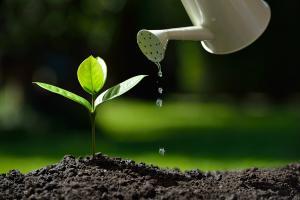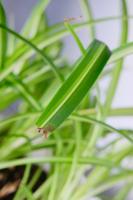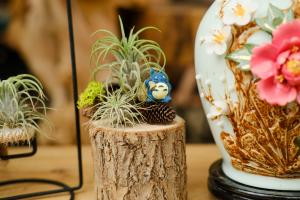Can You Leave Plants Sitting in Water?
One of the most common questions that plant owners ask is whether they can leave their plants sitting in water. The answer to this question is not a simple yes or no. It depends on various factors, such as the type of plant species, the growing medium, and the environment in which the plant is kept. In this article, we will explore the possible outcomes of leaving plants sitting in water and what you can do to prevent waterlogged soil.
The risks of leaving plants sitting in water
If you leave your plants sitting in water, they can suffer from several risks, such as root rot, fungal infestation, nutrient deficiency, and oxygen deprivation. When the roots are waterlogged, they can't breathe and absorb nutrients properly. This can cause the plants to wilt, turn yellow, and eventually die. Moreover, stagnant water promotes fungal growth, which can damage the roots and leaves of the plants. Some plants are more susceptible to waterlogging than others, such as succulents and cacti, which require well-draining soil to prevent rot.
How to prevent plants from sitting in water
There are some things you can do to prevent your plants from sitting in water and avoid the aforementioned problems. Firstly, choose the right container and growing medium for your plants. The container should have drainage holes that can allow excess water to escape, and the soil should be able to hold enough moisture without becoming waterlogged. Secondly, water your plants according to their specific needs, and avoid overwatering them. Most plants prefer a moist but not soaking wet soil, so check the soil moisture level regularly and adjust your watering schedule accordingly. Thirdly, remove any excess or standing water from the drip tray, saucer, or cache pot beneath the container. This will prevent the roots from soaking in water and promote healthy root development.
What to do if your plants are sitting in water
If you find that your plants are sitting in water, you should act promptly to prevent further damage. Firstly, remove the plant from the container and inspect the roots for rot or damage. Cut off any mushy or discolored roots and repot the plant in fresh soil. Secondly, let the soil dry out before watering the plant again. This will allow the roots to recover and prevent further waterlogging. Thirdly, improve the air circulation and reduce the humidity around the plant by opening windows or using a fan. This will prevent fungal growth and promote healthy growth.
Conclusion
In summary, leaving plants sitting in water can lead to various risks and problems, such as root rot, fungal infestation, nutrient deficiency, and oxygen deprivation. To prevent these issues, you should choose the right container and growing medium, water your plants appropriately, and remove any excess water from underneath the container. If your plants are already sitting in water, you should take immediate steps to repot the plant, let the soil dry out, and improve the air circulation. By following these guidelines, you can ensure that your plants stay healthy and thrive in their environment.

 how many times do yo...
how many times do yo... how many planted tre...
how many planted tre... how many pine trees ...
how many pine trees ... how many pecan trees...
how many pecan trees... how many plants comp...
how many plants comp... how many plants can ...
how many plants can ... how many plants and ...
how many plants and ... how many pepper plan...
how many pepper plan...































